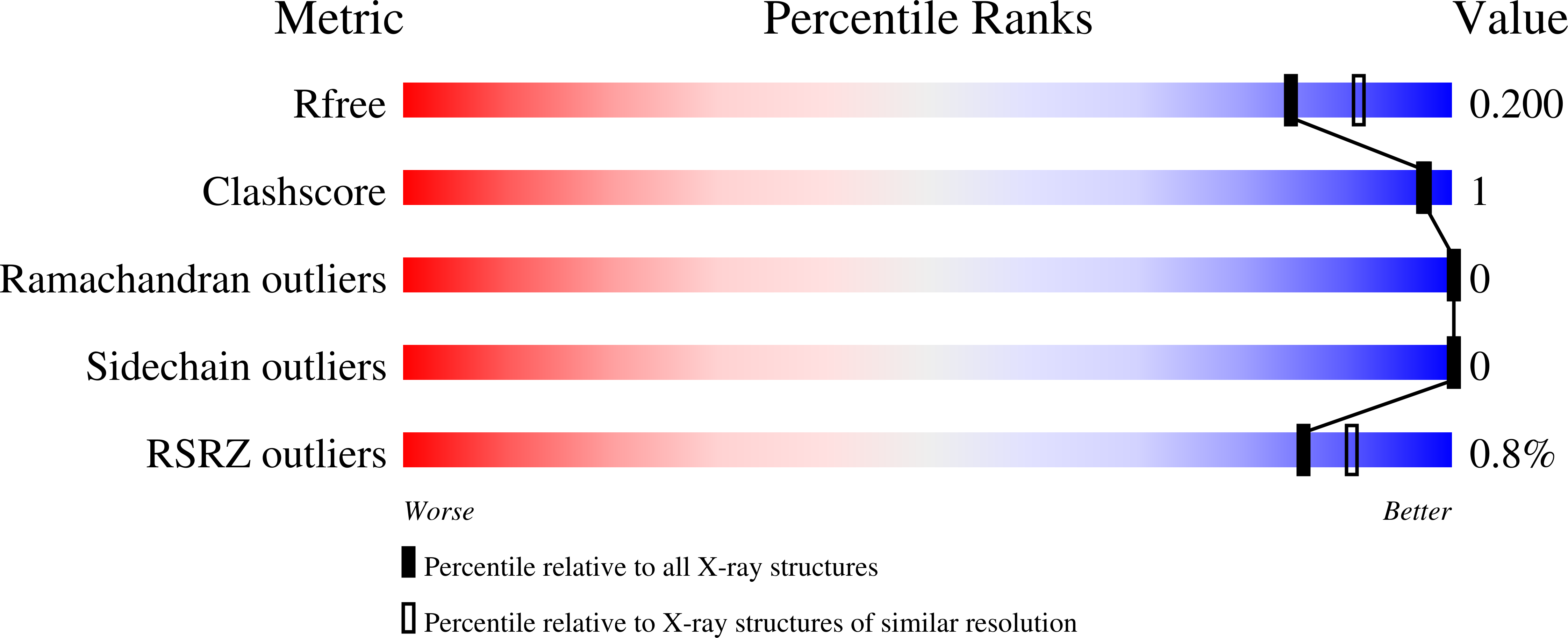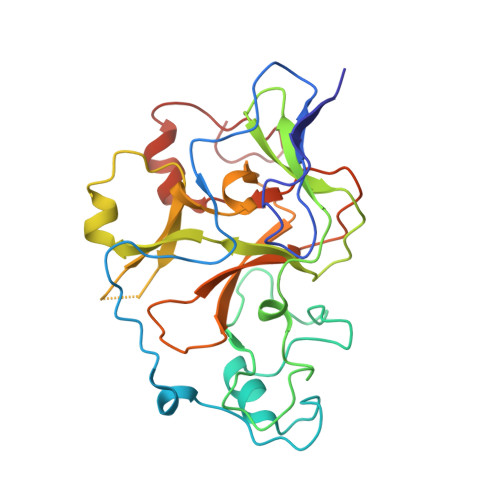Discovery of Potent and Selective Inhibitors for G9a-Like Protein (GLP) Lysine Methyltransferase.
Xiong, Y., Li, F., Babault, N., Dong, A., Zeng, H., Wu, H., Chen, X., Arrowsmith, C.H., Brown, P.J., Liu, J., Vedadi, M., Jin, J.(2017) J Med Chem 60: 1876-1891
- PubMed: 28135087
- DOI: https://doi.org/10.1021/acs.jmedchem.6b01645
- Primary Citation of Related Structures:
5TTF, 5TTG, 5TUY, 5TUZ - PubMed Abstract:
G9a-like protein (GLP) and G9a are highly homologous protein lysine methyltransferases (PKMTs) sharing approximately 80% sequence identity in their catalytic domains. GLP and G9a form a heterodimer complex and catalyze mono- and dimethylation of histone H3 lysine 9 and nonhistone substrates. Although they are closely related, GLP and G9a possess distinct physiological and pathophysiological functions. Thus, GLP or G9a selective small-molecule inhibitors are useful tools to dissect their distinct biological functions. We previously reported potent and selective G9a/GLP dual inhibitors including UNC0638 and UNC0642. Here we report the discovery of potent and selective GLP inhibitors including 4 (MS0124) and 18 (MS012), which are >30-fold and 140-fold selective for GLP over G9a and other methyltransferases, respectively. The cocrystal structures of GLP and G9a in the complex with either 4 or 18 displayed virtually identical binding modes and interactions, highlighting the challenges in structure-based design of selective inhibitors for either enzyme.
Organizational Affiliation:
Department of Pharmacological Sciences and Department of Oncological Sciences, Icahn School of Medicine at Mount Sinai , New York, New York 10029, United States.


















